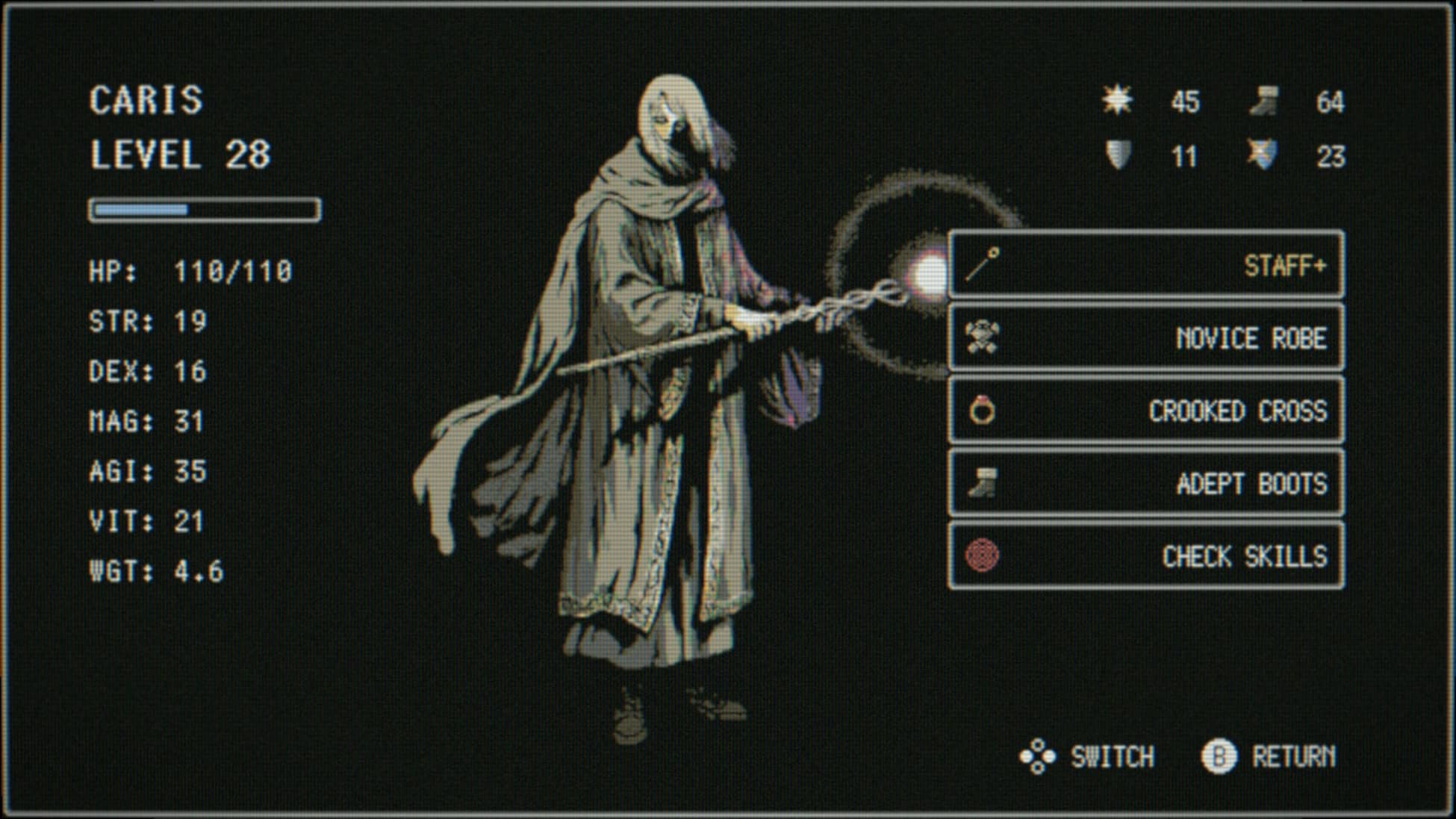Dragon Quest III HD-2D Review – Review

This game doesn’t look a day over 16.
Sometimes I have a difficult time explaining to people why the more measured pace of traditional Japanese RPGs works for me. Even if I occasionally decry things like random battles and dead-end-filled dungeons, I love the rhythm of a good RPG and they can be some of the meatiest comfort food games out there. Dragon Quest III HD-2D might have become the game I’ll point people to so they can experience that vintage warm, fuzzy feeling. It’s wild to me how this NES RPG made in the 1980s holds up as well as it does more than 35 years later. Even wilder is how this fancypants remake is far more light-touch than I expected. This is more or less the same game from 1988, just with modern bells and whistles. It’s a smart, brilliant remake that carries forth the original masterpiece while not truly feeling dated.
For those who are less familiar with Dragon Quest’s history and legacy, Dragon Quest III is the game that fully rocketed the franchise into Japanese cultural importance. On its release in 1988, it sold more than a million copies on day one and kicked off the urban legend of the Japanese government prohibiting a Dragon Quest game to come out on a weekday (it’s not true). That fever pitch was not unearned, because for its day, Dragon Quest III was incredible. The first two games, each getting their own HD-2D remakes in the future, laid the groundwork, with the first game introducing the world with a battle party of one and a relatively straightforward adventure. Dragon Quest II introduced a full party and more mechanical depth, but was more of a stumble gameplay-wise. Dragon Quest III, on the other hand, knocked it out of the park.
You take control of the 16-year-old son or daughter of Ortega, a legendary hero who fell in battle against the villainous Baramos. After an opening that involves a quiz that helps dictate your character’s stat growth, you set off on a globe-spanning quest to avenge your father’s death and defeat Baramos. You piece together your four-person party with characters and classes of your choosing and go on vignette-like adventures to help disparate groups of people out along the way. The class-based system is at first simple but gets way deeper as you progress. As your various party members reach higher levels, you can change their class where they keep all the learned abilities and skills but their stats go down and they begin again at level one. It’s very fun to fiddle with this to make useful and intriguing party members. You could just keep your magic user a magic user and superpower them into the Sage class, or you could do something like level up a healing Priest class to learn all the best healing spells and then turn them into a melee class you so have a pal who hits like a truck and can also bring your dead carcass back to life. It’s been a very long time since I last played Dragon Quest III and remembering the engaging flexibility of the class system was like a warm hug.
The classic nature of the turn-based battle system continues that comforting familiar feeling. Battling has not been altered much at all. I did find myself using the Tactics settings that can put the game into auto-battle mode far more often, especially in random overworld battles. This is not my favorite turn-based battle system ever, but it’s a reliable and dependable one. It’s cozy, but not in the way a farm sim can be a cozy game. It’s cozy in its familiarity and vibes.
The bits added and embellished in the remake just help to add to the experience. The Monster Arena is one of the more sizable additions, letting you recruit monsters throughout the world to then throw into Pokemon-esque fights. There’s also added story content deepening your hero’s father Ortega more. It’s nothing earth-shattering, but it’s a welcome addition to shine more light on an important character in Dragon Quest lore. Beyond wholesale new content, this remake adds a lot of modern flourishes, like voice acting (in English and Japanese), customizable battle speeds, three difficulty settings, friendly auto-saves, and more. If there’s some modern nicety you hoped would make it into this remake, it probably did.
Dragon Quest III HD-2D helps bring a hugely important game to a wider audience. It’s not much more than a classic RPG, but the quality still shines through decades later. This might not have the archival material of some of the video game museum games that have come out lately, but it feels of a similar disposition as them because this is taking a titanic landmark game and giving it the tender loving care it deserves so it can be enjoyed by even more players in the current age. There might have been better RPGs made in the past 35 years, but most of them likely wouldn’t be as good as they are without Dragon Quest III leading the way.




